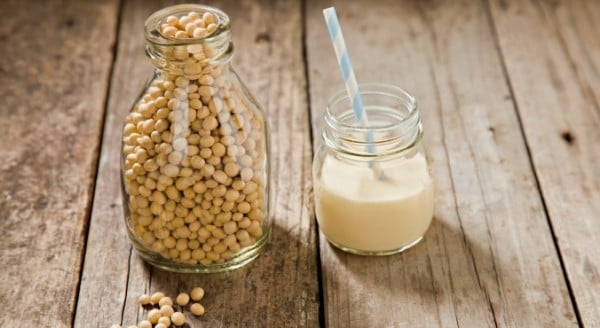
Image: Maggie Gyllenhaal for Got Milk?
By Suzie Ferrie, University of Sydney
There are good reasons why people may want to swap soy with dairy milk. The carbon, water and phosphate footprint of soy milk is a fraction of the latter. But the main reason for the increasing popularity of soy milk seems to be health concerns, such as inflammatory bowel disease and lactose intolerance.
First, let’s look at what these milks are. The milk from a cow (or goat, or sheep) is complete food for the growth and development of a young animal. It contains all the essential amino acids (the protein building blocks that your body is unable to make for itself) as well as a complex mixture of fats, carbohydrates, vitamins and minerals including calcium, phosphate and vitamin B12.
RELATED: Explainer: what is raw milk and why is it harmful?
A soy bean is also complete food – for the growth and development of a soy plant seedling. The nutritional needs of plants are obviously quite different from those of animals, and accordingly, the nutritional profile of unadulterated soy milk is very different from that of animal milks.

